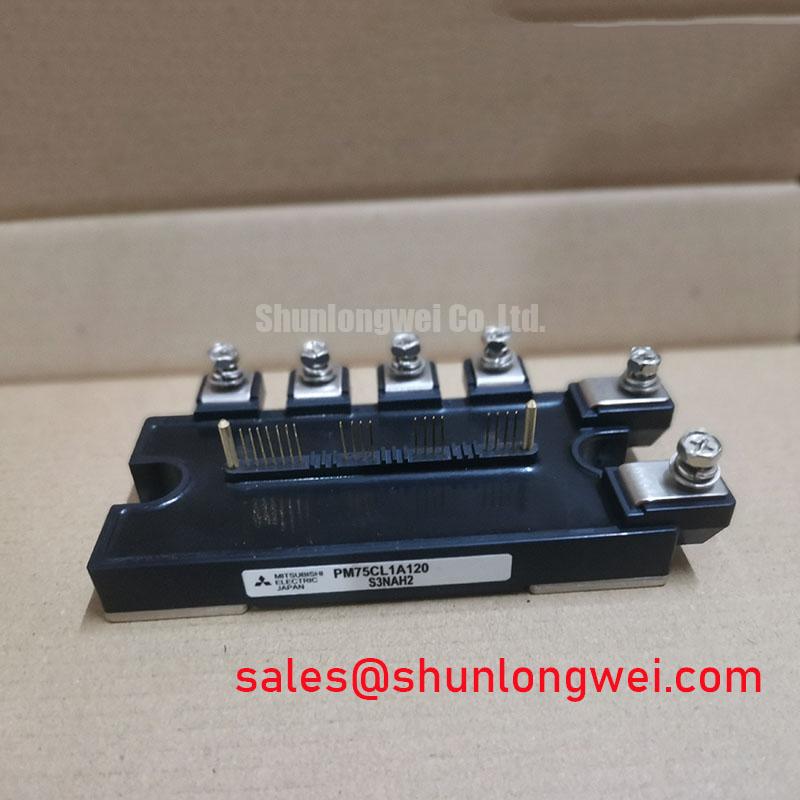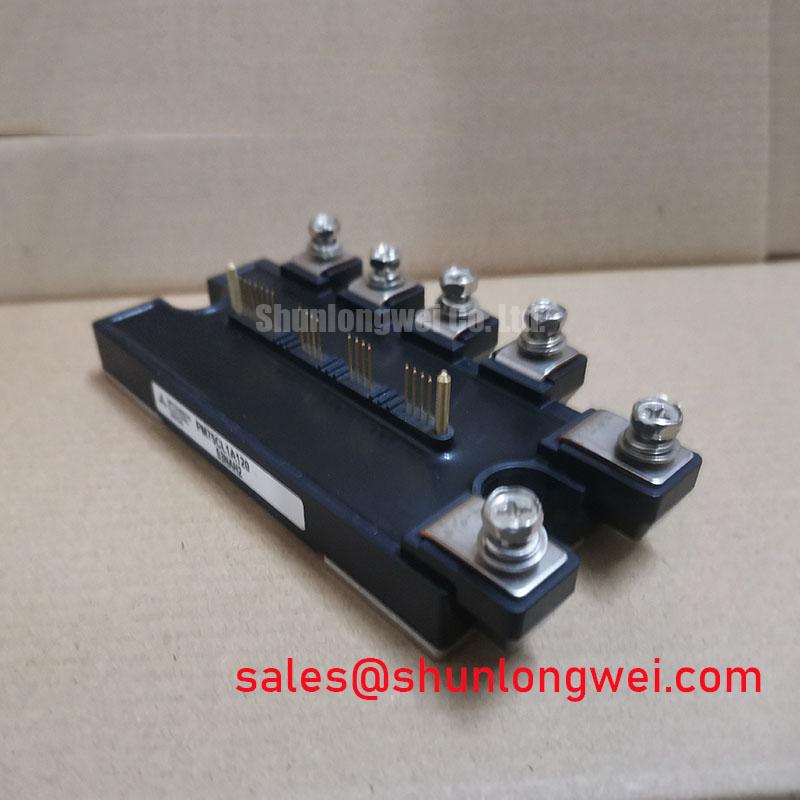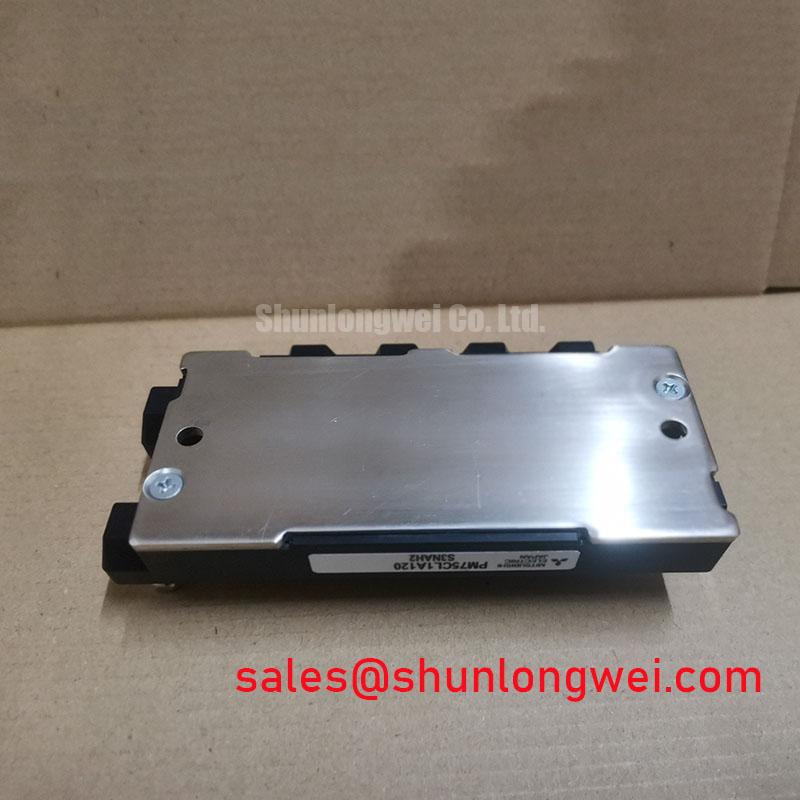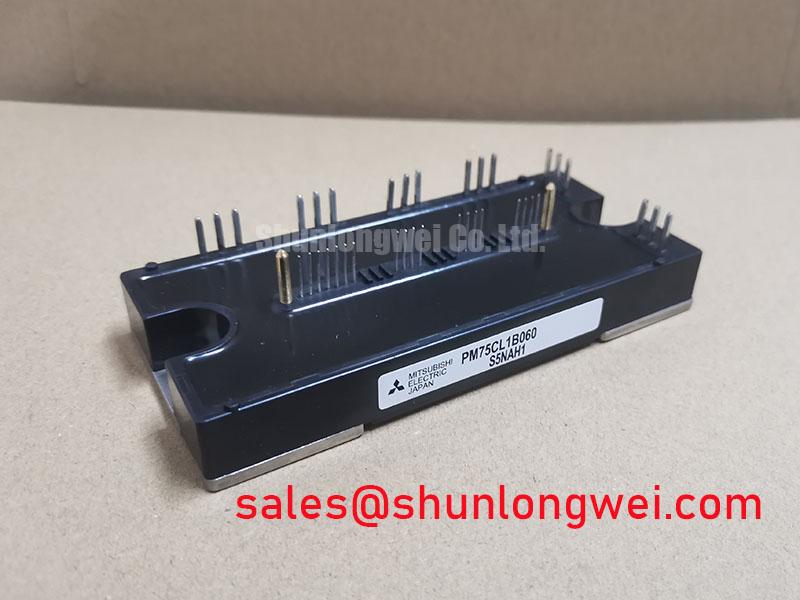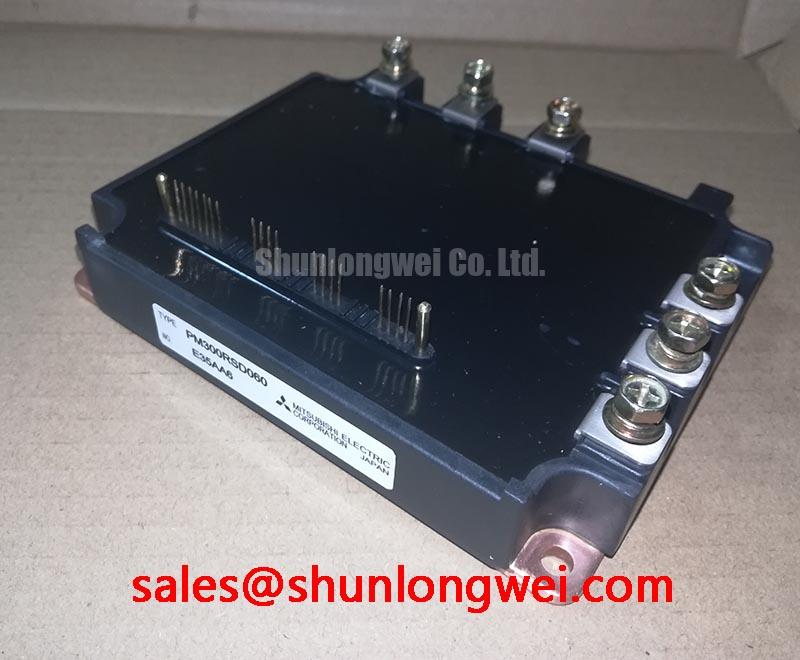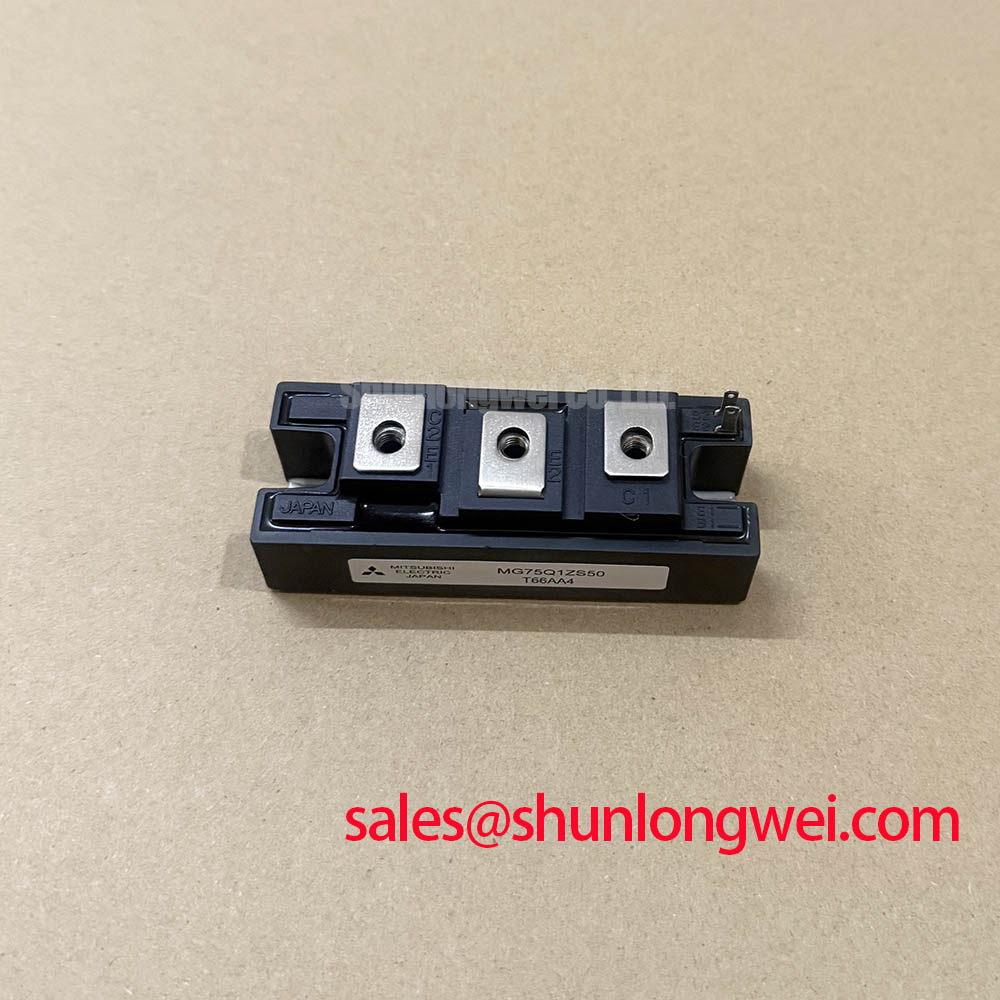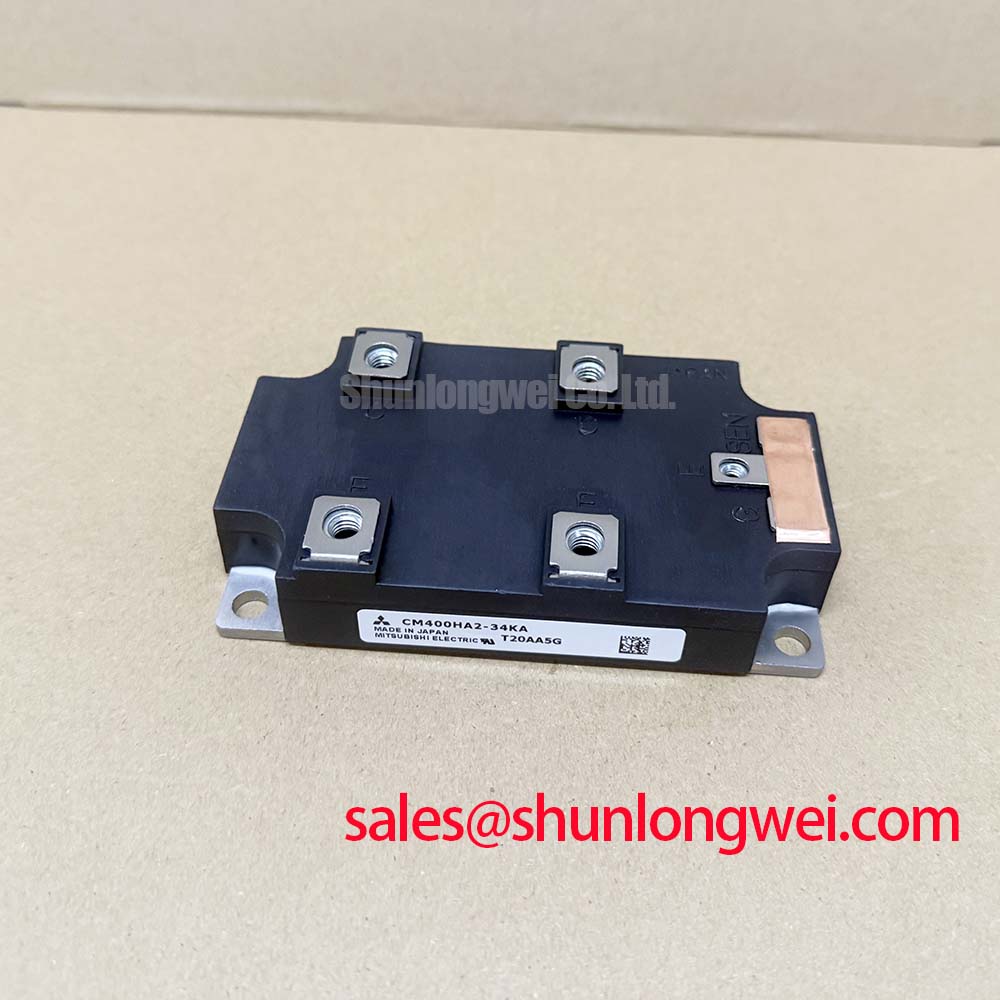Mitsubishi PM75CL1A120 | Integrated Intelligence for Robust Power Conversion
The Mitsubishi PM75CL1A120 is not just another power switch; it's a fully integrated Intelligent Power Module (IPM) designed to streamline the development of high-reliability, high-efficiency power conversion systems. By co-packaging a 1200V, 75A three-phase IGBT inverter bridge with optimized gate drivers and a suite of protection circuits, this module offers a robust, system-level solution for engineers tackling demanding applications.
Product Highlights: Engineering Advantage by Design
Opting for the PM75CL1A120 provides distinct advantages over discrete component designs, accelerating time-to-market and enhancing end-product reliability. Key benefits include:
- System Simplification: Drastically reduces PCB complexity and component count by integrating the power stage, gate drive, and protection functions into a single, compact package.
- Enhanced Reliability: Features built-in protection for Over-Current (OC), Short-Circuit (SC), Over-Temperature (OT), and control supply Under-Voltage (UV), safeguarding the module and the entire system from catastrophic failure.
- Optimized Performance: The internal gate driver is perfectly matched to the IGBT characteristics, ensuring optimal switching performance, reduced EMI, and guaranteed protection timing—a task that is complex and time-consuming with discrete parts.
- Proven Technology: Leverages Mitsubishi's established chip technology to deliver a balanced performance profile, ideal for a wide range of industrial power applications.
Technical Deep Dive: The Core of the PM75CL1A120
Two core engineering principles define the superior performance of the Mitsubishi PM75CL1A120 IPM. Understanding these reveals its true value in power system design.
Beyond the Switch: Integrated Protection and Gate Drive
In a discrete design, the physical distance and layout between the gate driver and the IGBT introduce parasitic inductance, which can cause voltage overshoots and ringing. This often requires complex snubber circuits and careful layout optimization. The PM75CL1A120 eliminates this challenge. The driver and protection circuits are located on the same substrate as the power devices, creating an ultra-low inductance path. This integration allows for cleaner switching waveforms and enables the protection circuits to react almost instantaneously, providing a level of safety that is difficult and costly to achieve with separate components. This design philosophy is central to building resilient inverter ACs and motor drives.
The Core of Efficiency: Mitsubishi's CSTBT™ Technology
At the heart of this module lies Mitsubishi's proprietary Carrier Stored Trench-gate Bipolar Transistor (CSTBT™) technology. This advanced silicon structure represents a masterful engineering trade-off. It achieves a low collector-emitter saturation voltage (VCE(sat)), which directly reduces conduction losses—the primary source of heat in low to medium frequency applications. Simultaneously, it maintains controlled switching characteristics to manage switching losses. This balance makes the PM75CL1A120 exceptionally efficient in applications operating within the typical motor control frequency range.
Application Scenarios & Value Proposition
The PM75CL1A120's blend of integration, protection, and efficiency makes it a prime candidate for a variety of power conversion systems.
- Variable Frequency Drives (VFDs): In industrial motor control, reliability is paramount. The module's built-in over-current and short-circuit protection prevents downtime and protects expensive motors from damage during fault conditions.
- Robotic and CNC Servo Drives: Precision and safety are critical. The PM75CL1A120's integrated fault signal provides immediate feedback to the main controller, allowing for a controlled system shutdown that protects both the drive and the delicate mechanical components it controls. Explore more on the role of IGBTs in servo drives.
- Uninterruptible Power Supplies (UPS): The module's high power density and proven reliability ensure that critical loads remain powered during grid failures. Its efficiency also minimizes cooling requirements and operational costs.
Key Parameter Overview
The following table outlines the critical electrical characteristics for design engineers. For comprehensive data, including thermal characteristics and detailed timing diagrams, refer to the official product documentation.
| Parameter | Value |
|---|---|
| Collector-Emitter Voltage (Vces) | 1200V |
| Collector Current (Ic) | 75A |
| Collector-Emitter Saturation Voltage (Vce(sat)) (Typ.) | 1.8V (at Tj=125°C, Ic=75A) |
| Isolation Voltage (Viso) | 2500 Vrms (1 minute) |
| Integrated Functions | Gate Drive, Over-Current (OC), Short-Circuit (SC), Over-Temperature (OT), Under-Voltage (UV) Protection |
For a deeper understanding of the L1/S1 series IPM application design, you can download the application note here.
Expert Insights: Frequently Asked Questions
What is the primary advantage of this IPM versus a standard IGBT module?
The key advantage is guaranteed performance and reliability. While a standard IGBT module only contains the power switches, an IPM like the PM75CL1A120 is a tested, validated subsystem. It removes the guesswork from gate drive design and protection implementation, significantly reducing design risk and development cycles.
How does the integrated nature of the PM75CL1A120 affect thermal design?
The single, flat baseplate of the module provides a highly efficient and uniform thermal interface to a heatsink, which is superior to managing multiple discrete components. However, because all heat-generating components (IGBTs, FWDs, and driver ICs) are concentrated in one package, a robust thermal management strategy is critical. Engineers must accurately calculate total power dissipation and select an appropriate heatsink to keep the junction temperature well within the Safe Operating Area (SOA) under all operating conditions.
For detailed application support or to discuss how the PM75CL1A120 can fit into your next project, please contact our technical team.

